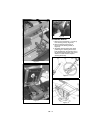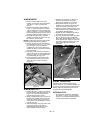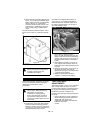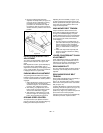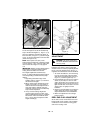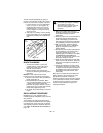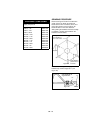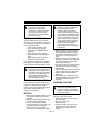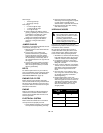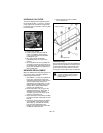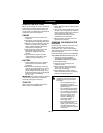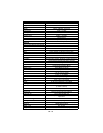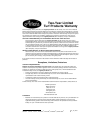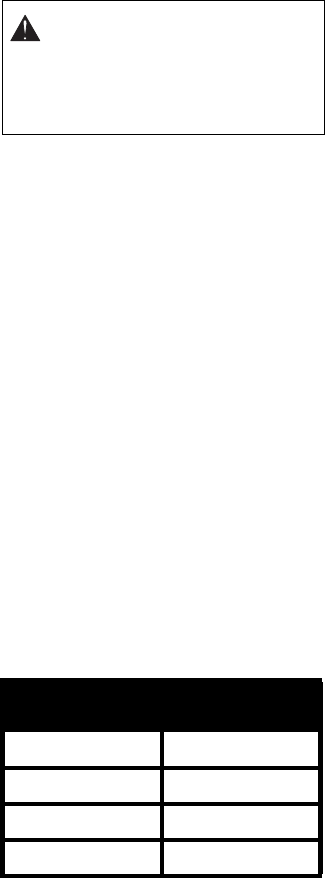
GB - 22
Slow charge:
• 10 hours @ 5 amps
• 3 hours @ 10 amps
Fast charge:
• 2-1/2 hours @ 20 amps
• 1-1/2 hours @ 30 amps
• 1 hour @ 45 amps
5. If when charging the battery, violent
gassing or spewing of electrolyte occurs,
or the battery case feels hot (125°F -
52C), reduce or temporarily halt
charging to avoid damaging battery.
6. Always turn charger to “off” before
removing a charger lead from the
battery.
JUMPER CABLES
The battery on the 8400 is located at the rear
of the tractor (see Figure 14).
1. Stop the engine on the vehicle with the
good battery.
2. Connect one jumper cable to the
positive terminal on the good battery.
Connect the other end of the jumper
cable to either the positive terminal on
the dead battery or the battery side of
the solenoid located on the right front of
the engine.
3. Connect one jumper cable to negative
terminal on dead battery. Connect the
other end to ground (frame) of vehicle
with the good battery.
BELTS
For efficient performance of your machine,
worn or frayed belts must be replaced. Check
belt tensions as instructed (see SERVICE
AND ADJUSTMENTS on page 16).
ENGINE FUEL FILTER
Before servicing the fuel filter, thoroughly
clean outside of filter housing and fuel hoses.
Dirt must not be allowed to enter into fuel or
fuel system. Refer to manufacturer’s Engine
Manual for instructions.
ENGINE
Refer to manufacturer’s Engine Manual for
maintenance schedule recommendations.
Change oil and oil filter after the first 5 to 8
hours of operation.
ELECTRICAL SYSTEM
Make certain all terminals and connections
are kept clean and properly secured.
1. Check switches regularly to be sure they
are kept clean and operating correctly.
2. Keep wire harness and all individual
wires away from moving parts, hot parts,
or sharp edges. This will prevent
abrasive wear or potential short circuits.
3. Exercise extreme care when working
with electrical system.
HYDRAULIC HOSES
Hydraulic hose and tube lines should be
inspected every week to check for cuts, loose
connections, kinks, and wear.
Be sure tubes and hoses do not come in
contact with other frame parts which could
cause abrasive wear. Always replace worn
hoses or tubes before operating machine.
1. Assemble nut, sleeves and tube to fitting
body with minimum torque (finger tight)
until flare contacts seat on fitting body.
2. For tightening reference, mark a line
lengthwise on both the nut and adapter
fitting with a marker.
3. Using a wrench, rotate the nut to tighten.
Turn the nut to the amount shown in the
chart below. The line will show which
fitting has been tightened and how
much.
4. On hoses with “o-ring” fittings, make
sure o-rings are clean and hose fittings
are properly seated by hand before
wrench tightening.
5. Hold the fixed portion of the hose
coupling with one wrench; use a second
wrench to tighten or loosen the hose nut.
This will prevent damage to the fitting
seal. When tightening a hose, do not
allow it to twist; hold it in a normal,
straight position.
DANGER: To avoid serious bodily
injury, always lower mowers to the
ground, place all controls in neutral
and shut off engine before
inspecting hydraulic lines or hoses.
Never run hands across tubes,
hoses or fittings to check for leaks.
Tube O.D. or
Hose
Rotate # of Flats
3/8" 2
1/2" 2
5/8" 1-1/2-2
1" 3/4-1



